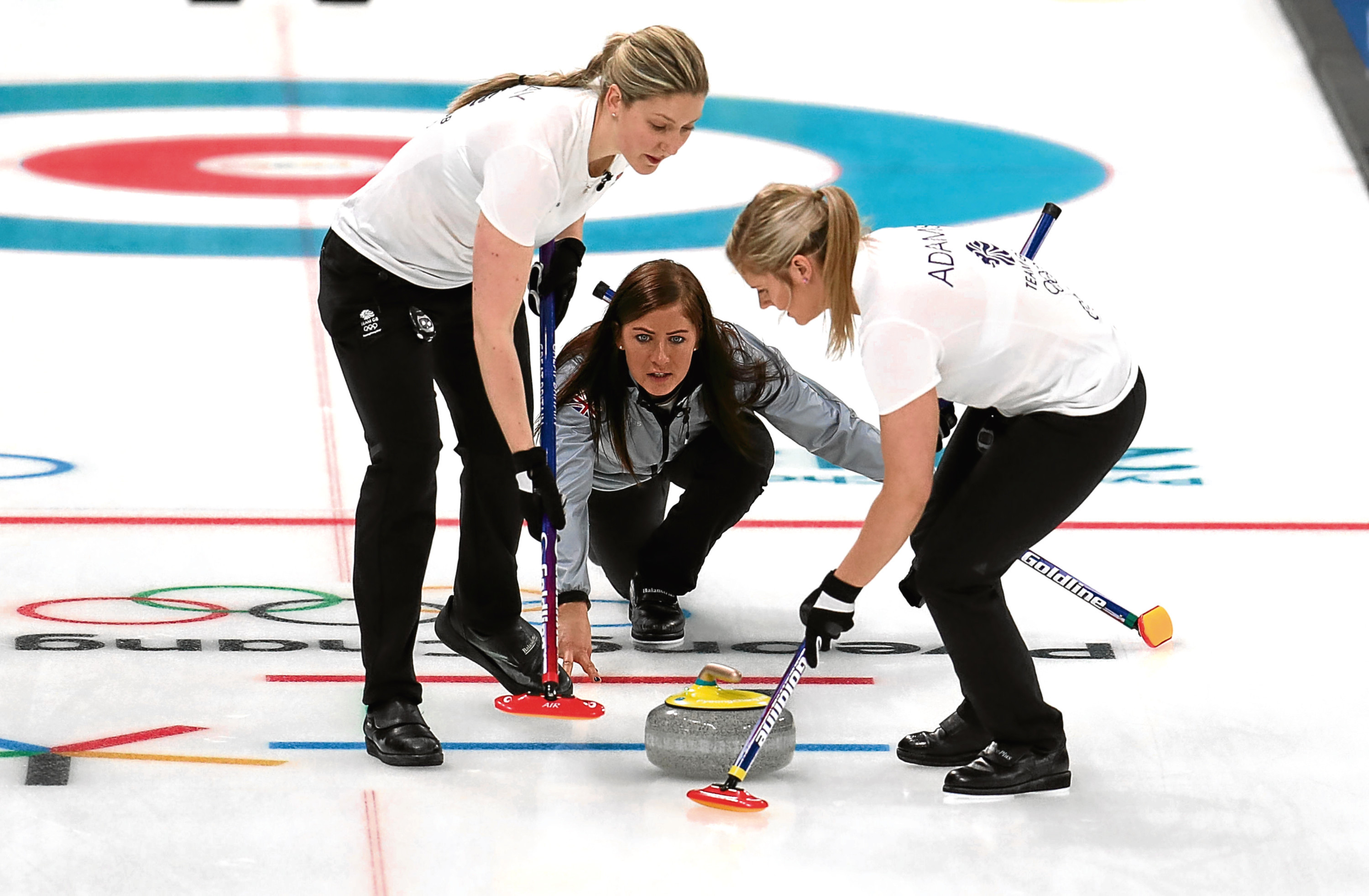
WITH the Winter Olympics in full swing in South Korea, we look back at the origins of some of the Games’ most iconic sports.
What is the oldest sport in the Winter Olympics?
Before the Winter Games were established as a separate event, the Summer Olympics in 1908 actually included figure skating, the only event in which women could participate from the very beginning.
At the first Winter Games in Chamonix, France in 1924, 11-year-old Sonja Henie represented Norway in the figure skating. She came last – but went on to take gold at the next three Games.
How did cross-country skiing come to be included in the Winter Games?
As a mode of transport, cross-country skiing dates back as far as 8000BC in Russia, but it officially became an Olympic sport for men in 1924, when Norwegian master skier Thorleif Haug took home gold medals for all three distance events – 18km, 50km and combined.
Skiing was a men-only sport to begin with. When did women get the green light to compete?
In 1952 at the Oslo Games, women competed for the first time – but only in the 10km event. Perhaps back then it was thought they wouldn’t cope with longer distances.
Nowadays, male and female athletes alike compete in six different cross-country distances.
How did Luge start out?
One of the oldest Olympic sports, luge, which comes from the French word for sledge, sees athletes lying on their backs on a small sled, and zipping down an icy track at around 140kmph – without brakes!
This mind-boggling – and terrifying-looking – pursuit began as a tourist attraction for adrenaline junkies back in the 1870s!
It eventually became an Olympic sport in 1964 at the Innsbruck Games, with men’s, women’s and mixed events. The programme hasn’t changed since.
Eve Muirhead is skipping Great Britain’s Winter Olympics curling team for the third time in Pyeongchang. What do we know about the sport’s history?
Curling was introduced during the 1912 Olympics in Sweden. At the time, “demonstration sports” were a typical feature of both the Summer and Winter Games, designed to allow countries to showcase their national sports on the world stage. Competitors in these events would still receive medals, but they were smaller and not included in the final count for each nation.
Curling – in which teams compete to get their “stones” as close to the centre of a target as possible, by sliding and guiding them across the ice – was one such demonstration sport in the inaugural Winter Olympiad, but was dropped for the second Games at St Moritz, Switzerland. After decades of being a demonstration sport thereafter, it joined the official Olympic programme in 1998.
What are the newest sports?
Freestyle skiing is one of the youngest Winter Olympic sports. It originates from the 1920s, when skiers in the US started to experiment with acrobatic flips and tricks on the slopes, which came to be known as “hotdogging”.
In the late ’70s, the International Ski Federation brought in regulations to curb some of the more dangerous elements of the sport, paving the way for the official introduction of the mogul event at the Albertville Games.
Since that year, several other events have been added, most recently the “slopestyle” and “halfpipe” at Sochi, Russia in 2014.
And even more modern is snowboarding, which also originated in the USA, with its speedy adrenaline rush.
Initially greeted with hostility by skiers, who saw the slopes as their domain, the sport had gained global popularity by the ’90s and made its Olympic debut at the 1998 Games in Nagano, Japan.
Initially, athletes competed individually but at the Turin Games in 2006, a cross event was added, which sees four or six snowboarders race down a course.

Enjoy the convenience of having The Sunday Post delivered as a digital ePaper straight to your smartphone, tablet or computer.
Subscribe for only £5.49 a month and enjoy all the benefits of the printed paper as a digital replica.
Subscribe